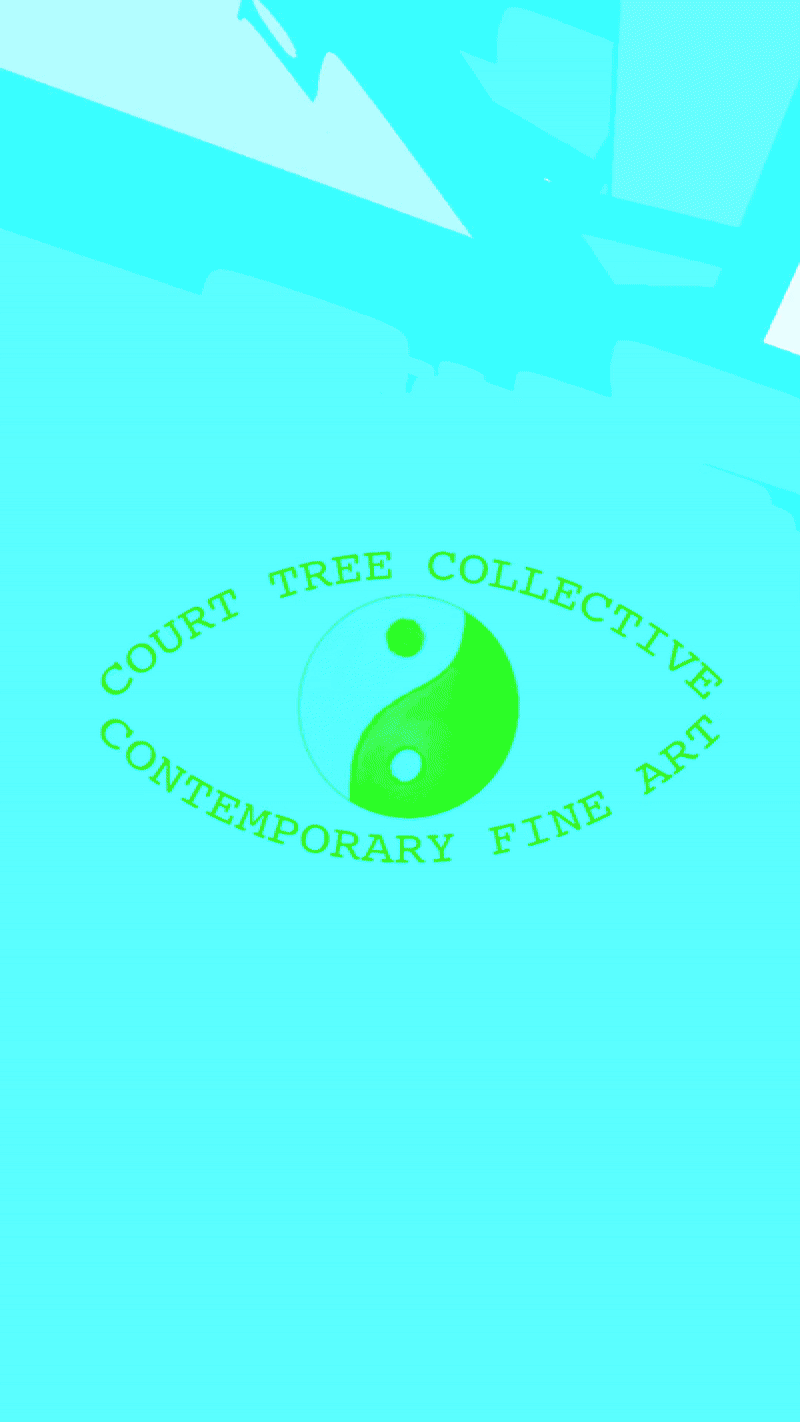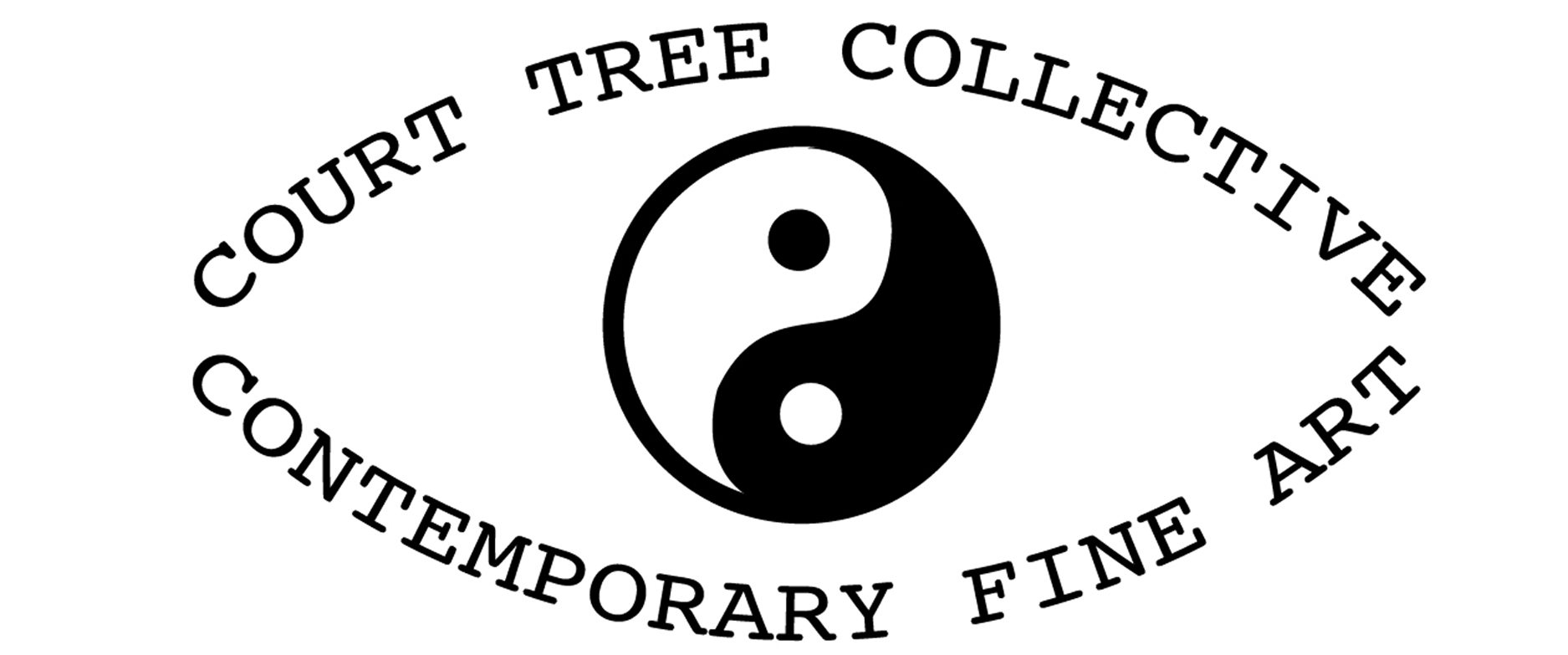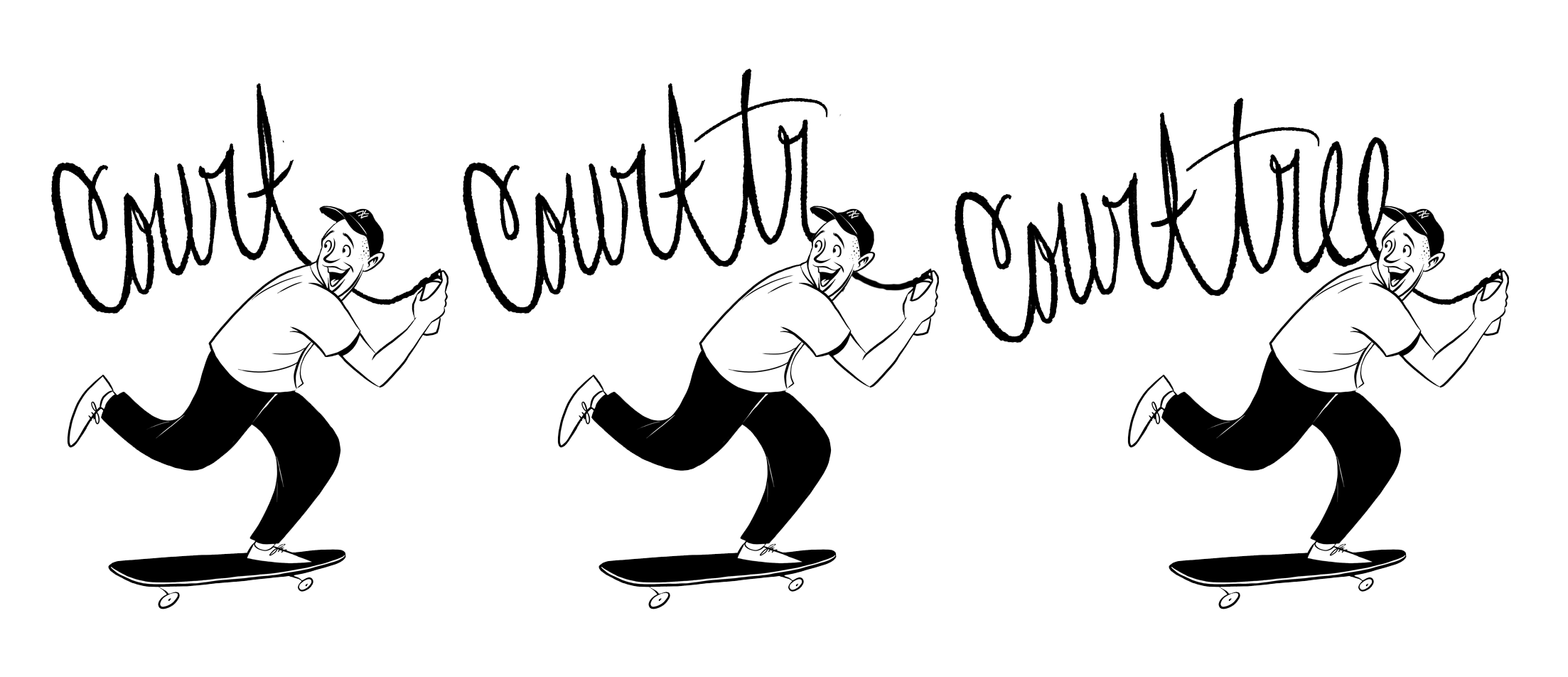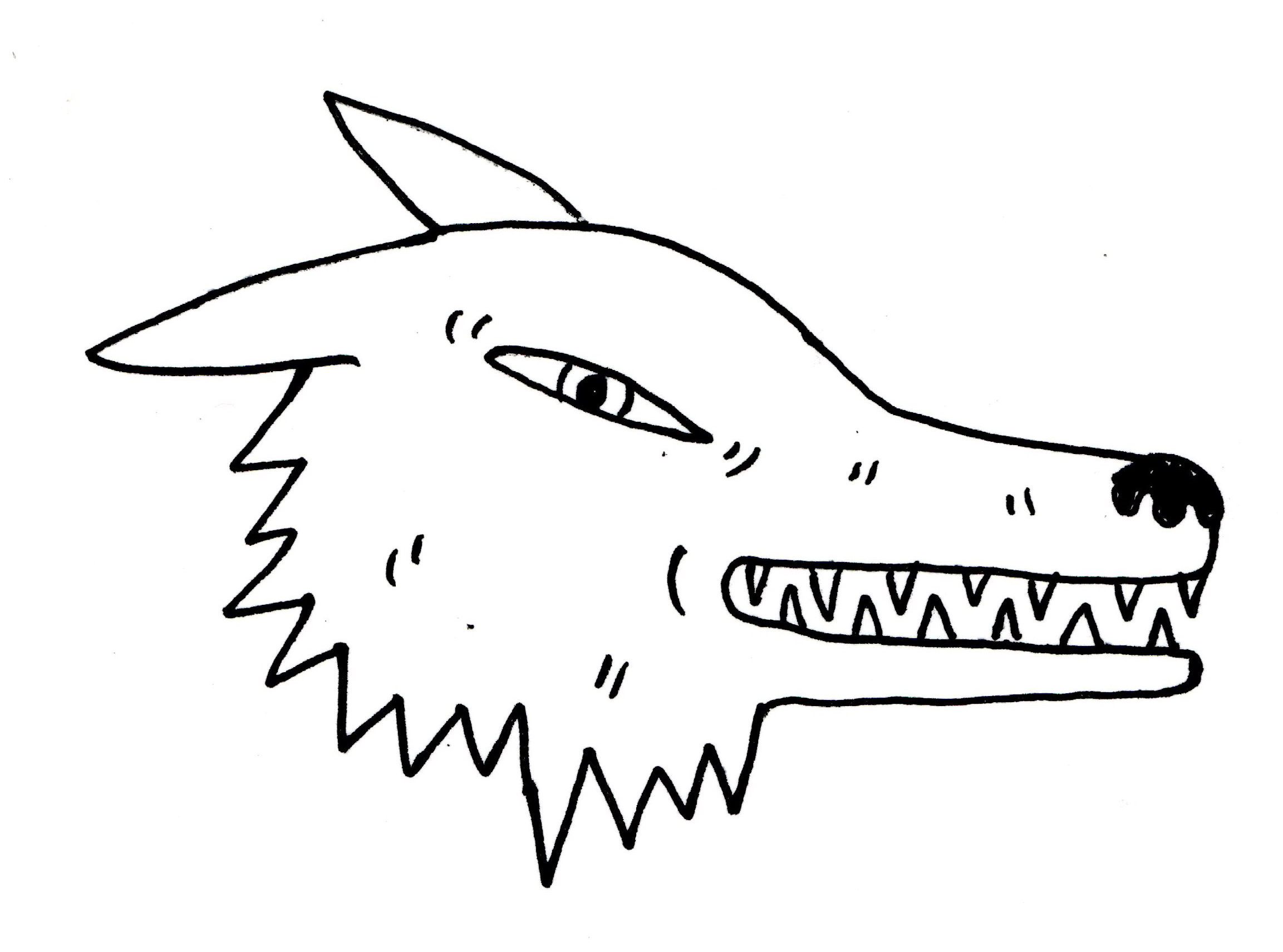Theo Bardsley

You received your university degree in the History of Art. Was the intention to study this, in hopes of better informing your practice as an artist? Or was the decision to become an artist something that happened upon receiving your degree?
It’s something that happened after studying. I never had any desire to go to art school, even after university. It gave me a very strong understanding of the masters and the art historical canon which is something I definitely draw from in my work.
How has your formal education in art history influenced your choice of subject matter? Further, what kind of historical details would you like your audience to pick up on?
I’ve spent countless hours writing essays and reading up on on everyone from Braque to Gaugin, Franz Kline to Otto Dix. I think in turn my mind is very rooted in classical themes within art, obviously how I convey these themes on the canvas is very different. Bather paintings, bar scenes that were very prominent in the new objectivity, nudes by Titian, and the nude in general have all influenced me and feature heavily. But I transport them to the 21st century mixing in everyday modern motifs. Even if it’s not conscious - the time spent looking at all of this definitely influences what I do by picking up on symbolism and meaning within these different movements. I don’t think I’m particularly intending on anyone to pick up on these themes, but subconsciously it is there. And so, it will in turn give reminders of these, and be placed in a modern narrative.
What is it about painting scenes from the ‘everyday life’ that appeals to you as an artist?
I guess to be introspective, painting scenes from my own life is a pretty sure way to do that, which can even be perceived as a sort of visual diary. What you do is always likely to change and in turn the subject matter will develop and grow. More so in literature than painting, I’m drawn to writers who use themselves as the protagonist (or particularly when it’s a mixture of fiction and their own life). Which is often what I do. Sometimes it’s entirely based on myself, sometimes the premise of the painting is an event from my everyday, but then it evolves into its own story over time. The problem with this sometimes is that if you’re in a period where you are predominantly in the studio and then going home, it can become a bit cyclical and monotonous. It’s as if not much is changing within your own life and this will be reflected on the canvas. I think if you’re painting scenes of everyday life it’s important to live a bit. I was recently in France for a week, and since being back I’ve been working on paintings from ideas and interactions I had being there; it has given me a fresh impetus which was much needed.
Let’s talk about your painting style. There are noticeable patches and splotches of contrasting paint in your works, as well as traces of loose brush strokes. Is this to show a painterly quality to your works? And in general, how was your style developed?
Yeah, I’ve always preferred painting loosely. I don’t tend to draw on the canvas and know exactly what I’m painting - I like to paint quickly and build up layers so naturally there are loose brushstrokes. It’s not necessarily intentional but rather just a byproduct of how I work.
Your paintings are brightly and boldly colored. The saturated colors hold a great presence in your works and leave a lingering impression. What is the purpose behind using these intense and rich colors compared to hues that are more subtle and muted?
I don’t overthink a palette too much, it’s not something that is premeditated as if I’m only going to stick to this palette for this painting. The number of times I paint over each canvas lends itself to this. Often whatever paint I have left already mixed in the studio at the end of each day will find its way into one of the ongoing paintings. Sometimes I’ll just get a big brush and scoop up all the leftover paint and put it on a new canvas to build layers before I’ve started the painting. It’s honestly not something I overthink too much: the same dress of a figure might start off as white, then blue, then red, then purple, and then back to white. However, while I do like more bold colours and I think colour is pretty important in my work, it just naturally happens.
Wine (in a bottle or a glass), or a drink, at large, seems to be a recurring icon in your paintings. It always is positioned within an arm’s reach from your figures. Is there any significance to it?
I think it goes back to the prior question of everyday life. I tend to go to the pub for a couple pints at the end of the day, and a lot of the work is reflective of this part of my day. Paintings are often set there, or it could be from stories I’ve heard from people talking over a drink - probably why it’s a recurring theme. The notion of a drink can be perceived as both very social and also very solitary.
You have painted a couple of self-portraits, as seen in Self Portrait at City Cafe (2022) and Self Portrait in Hackney Studio (2022). What do you wish to convey about yourself to your audience through this medium of self representation?
Self portraiture has always really interested me, it has always been a constant within art and I don’t really think it will ever go anywhere. As mentioned earlier, my work is primarily reflective of my life day to day, so self portraiture is inevitable. The self portrait in City Cafe is just of where I would often have breakfast in the morning. The studio self portraits are important to me because I spend a lot of time there, but also, more or less, every figurative artist has done a self portrait in the studio at some point - it seems to be a rite of passage. I particularly like Thomas Hovenden’s studio self portrait, and also Goya’s. I intend to do least 2 self portraits each year; mainly I’m interested in seeing how they develop. Particularly when looking at them chronologically however many years down the line.
Do you have any artist or person in your life that you look up to and/or gain inspiration from?
I don’t think it’s a particular person, but rather I think it’s everything I’ve looked at. You draw from all these influences and then make work from there really, having said that, I do really like the New Objectivity as a movement (‘Portrait of the Journalist Sylvia von Harden’ by Dix is one of my favourite paintings). But you know, it’s not just artists. I’ve made work based off of my favourite poem ‘Bluebird’. So I guess influence can be drawn from all the people you look up to: from authors to musicians to painters. I do usually have an Anthony Bourdain show or some kind of documentary on in the background whilst working though. Sometimes I get a bit bored of listening to the same albums repetitively, and when that happens I’ll always go to a Bourdain documentary.
Click Here ︎ to see Theo’s work.
Theo’s Instagram: @theobardsley_
Interview by Tiffany Kang.
@by_inyoung




